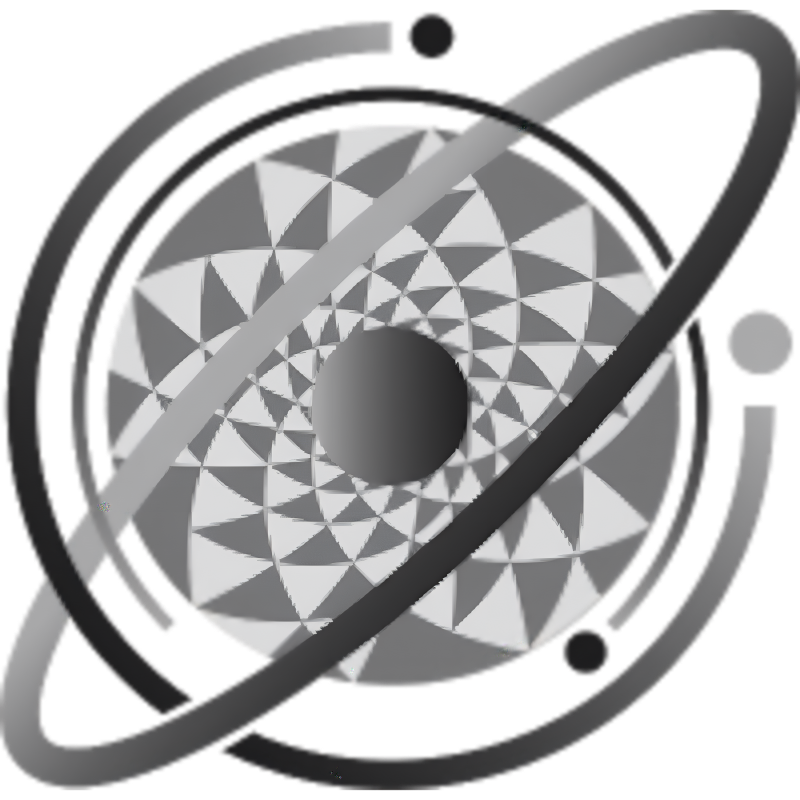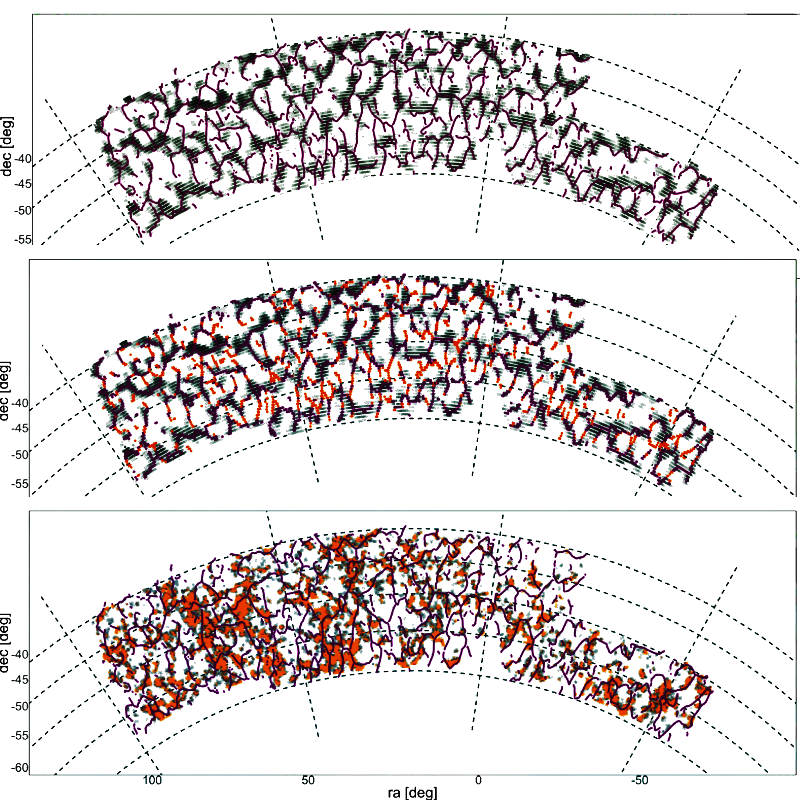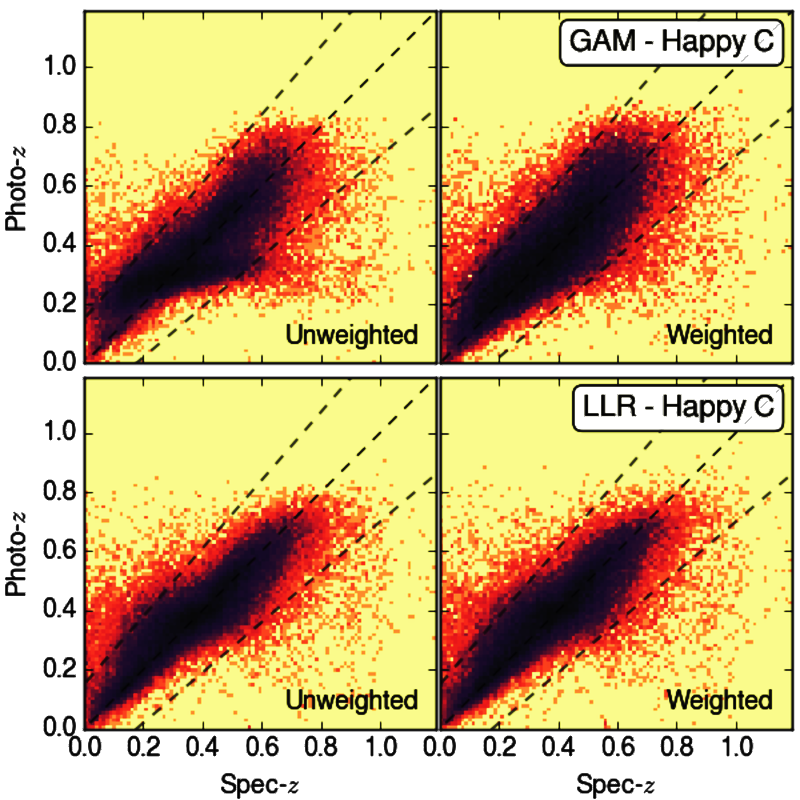Active Learning with RESSPECT

The Recommendation System for Spectroscopic follow-up (RESSPECT) project aims to enable the construction of optimized training samples for the Rubin Observatory Legacy Survey of Space and Time (LSST), taking into account a realistic description of the astronomical data environment. In this work, we test the robustness of active learning techniques in a realistic simulated astronomical data scenario. Our experiment takes into account the evolution of training and pool samples, different costs per object, and two different sources of budget. Results show that traditional active learning strategies significantly outperform random sampling.
Astrometric Signal Recovery and Convolutional Autoencoders

Astrometric detection involves a precise measurement of stellar positions, and is widely regarded as the leading concept presently ready to find earth-mass planets in temperate orbits around nearby sun-like stars. The TOLIMAN space telescope is a low-cost, agile mission concept dedicated to narrow-angle astrometric monitoring of bright binary stars.In this paper we demonstrate that a Deep Convolutional Auto-Encoder is able to detected signals from simplified simulations of the TOLIMAN data and we present the full experimental pipeline to recreate out experiments from the simulations to the signal analysis.
Ridges in the Dark Energy Survey

Cosmic voids play an important role in our attempt to model the large-scale structure of the Universe. In this paper, we apply it to 2D weak-lensing mass density maps to identify curvilinear filamentary structures. Our results demonstrate the viability of ridge estimation as a precursor for denoising weak lensing quantities to recover the large-scale structure, paving the way for a more versatile and effective search for troughs.
Photometry of high-redshift blended galaxies using deep learning

This work explores the use of deep neural networks to estimate the photometry of blended pairs of galaxies in monochrome space images, similar to the ones that will be delivered by the Euclid space telescope. Using a clean sample of isolated galaxies from the CANDELS survey, we artificially blend them and train two different network models to recover the photometry of the two galaxies. We show that our approach can recover the original photometry of the galaxies before being blended with ~7% accuracy without any human intervention and without any assumption on the galaxy shape.
Dark energy equation of state imprint on supernova data

This work determines the degree to which a standard Lambda-CDM analysis based on type Ia supernovae can identify deviations from a cosmological constant in the form of a redshift-dependent dark energy equation of state w(z). We demonstrate that a standard type Ia supernova cosmology analysis has limited sensitivity to extensive redshift dependencies of the dark energy equation of state. In addition, we report that larger redshift-dependent departures from a cosmological constant do not necessarily manifest easier-detectable incompatibilities with the Lambda-CDM model.
Incompleteness of nearby cluster population

We report the discovery of 41 new stellar clusters. This represents an increment of at least 20% of the previously known OC population in this volume of the Milky Way. We also report on the clear identification of NGC 886, an object previously considered an asterism. This letter challenges the previous claim of a near-complete sample of open clusters up to 1.8 kpc. Our results reveal that this claim requires revision, and a complete census of nearby open clusters is yet to be found.
Active Learning for Supernova Photometric Classification

Active Learning is a class of algorithms that aims to minimize labeling costs by identifying a few, carefully chosen, objects which have high potential in improving a given machine learning classifier. In this project, we show how Active Learning can be used as a tool for optimizing the construction of spectroscopic samples for supernova photometric classification.
Integrated Nested Laplace Approximation

We introduce a novel technique to model IFS datasets, which treats the observed galaxy properties as manifestations of an unobserved Gaussian Markov random field. The method is computationally efficient, resilient to the presence of low-signal-to-noise regions, and uses an alternative to Markov Chain Monte Carlo for fast Bayesian inference – the Integrated Nested Laplace Approximation. The proposed Bayesian approach enables the creation of synthetic images, recovery of areas with bad pixels, and an increased power to detect structures in datasets subject to substantial noise and/or sparsity of sampling.
Representativeness in Machine Learning applications for photometric redshifts

We present two galaxy catalogues built to enable a more demanding and realistic test of photo-z methods. We demonstrate the potential of these catalogues by submitting them to the scrutiny of different photo-z methods, including machine learning (ML) and template fitting approaches. Our catalogues represent the first controlled environment allowing a straightforward implementation of such tests.
Dimensionality Reduction And Clustering for Unsupervised Learning in Astronomy

DRACULA classifies objects using dimensionality reduction and clustering. The code has an easy interface and can be applied to separate several types of objects. It is based on tools developed in scikit-learn, with Deep Learning usage requiring also the H2O package. We show how it can be used to identify sub-classes of type Ia supernovae.
